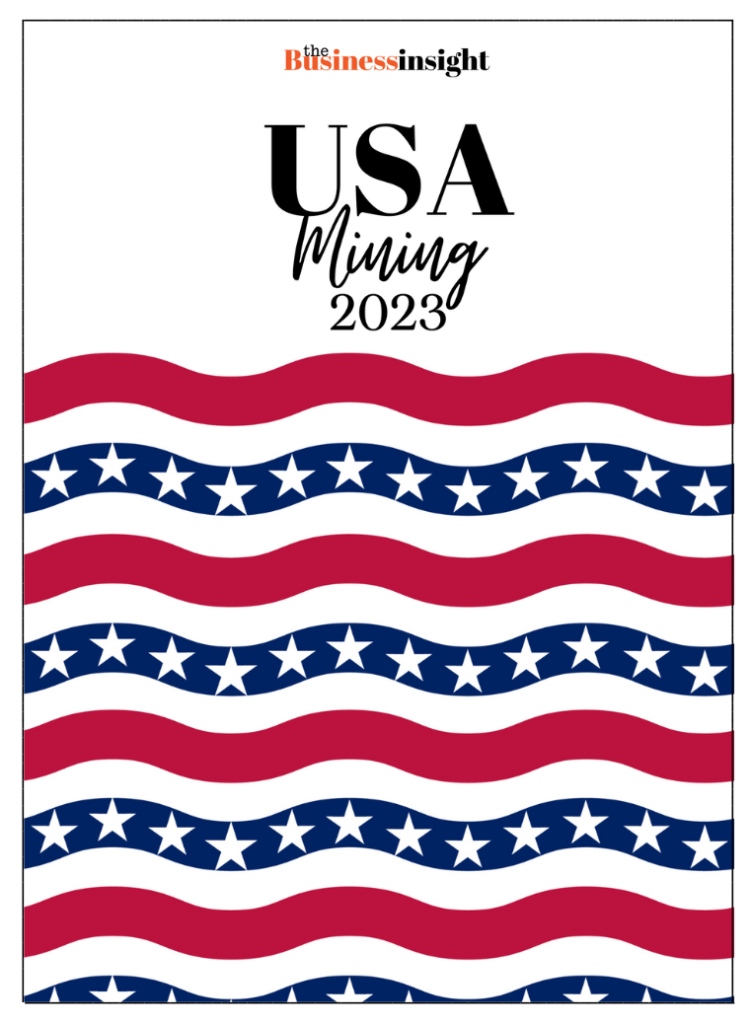Indonesia's Mining Sector: Driving Electrification Targets and Embracing Regulatory Reforms
- Indonesia | 14 June 2018

Indonesia is ambitiously striving to achieve a 99.7% electrification rate by 2025, which requires doubling its energy-generation capacity. The government’s plan also includes diversifying the energy mix, with 23% to be sourced from renewables. While efforts are being made to increase the proportion of renewable sources like geothermal, coal remains crucial in Indonesia’s energy matrix. In 2017, coal accounted for 49% of the country’s energy generation, and projections indicate its continued significance. Consequently, the government is actively working to facilitate investment in mining, particularly in coal, to boost production of coal and minerals.
In early 2017, the Ministry of Energy and Mineral Resources (MEMR) introduced regulation No. 34, which replaced outdated 2009 regulations governing the coal and mining industry. This new framework streamlines licensing processes, with online submission of license applications processed within two days. The regulation outlines six licenses for the mineral and coal mining sector, and it simplifies mining operations by categorizing them into two stages: exploration and production.
MEMR regulation No. 11, passed in early 2018, has opened doors for foreign investors to bid for large-area mining concessions exceeding 500 hectares. Smaller concessions are initially offered to regional-government-owned companies (BUMD) and national private companies. Large concessions are available to BUMD, state-owned enterprises, national private companies, and foreign companies. These measures aim to attract foreign investment and further enhance mining activities in the country.
To translate increased mining capacity into higher energy generation, Indonesia has pursued downstream investments and regulatory shifts. State-owned electricity company PLN has recently tendered power purchase agreements (PPAs) for 12 coal-fired power plants, adding 4,650 MW of electricity capacity to be operational between 2020 and 2024. In tandem, a ministerial decree introduced tariff caps for electricity produced by coal-fired plants, making Indonesia’s power plants more competitive.
Amidst these regulatory changes, stakeholders in the mining sector emphasize the need for policy continuity and stability. Eddy Porwanto, CFO of Delta Dunia Makmur, highlights the significance of a stable plan to facilitate investment and daily operations. Nicolas Kanter, President and CEO of PT Vale Indonesia, stresses the importance of consistency in government policies for the mining industry as a whole. Concerns arise from the generalization of minerals into a single category under recent legislation.
The mining industry in Indonesia has seen positive signs for investors, particularly in terms of commodity prices. A study by PwC reveals that mining commodities experienced significant improvement in prices in 2016 compared to the previous year, with coal mining contributing the most to the growth of the Indonesian Stock Exchange. Market capitalization of coal mining stocks more than doubled from IDR 90 trillion to IDR 185 trillion during the same period, while other mining companies witnessed a 59% increase in overall market capitalization.
These positive developments offer the potential to reverse the declining contribution of the mining industry to Indonesia’s GDP, which fell from 6.14% in 2011 to 4.23% in 2016. A revitalized mining sector can play a pivotal role in helping the country achieve its electrification targets. By facilitating investment, embracing regulatory reforms, and ensuring policy stability, Indonesia aims to leverage its mining resources to meet its growing energy demands and drive economic growth.








